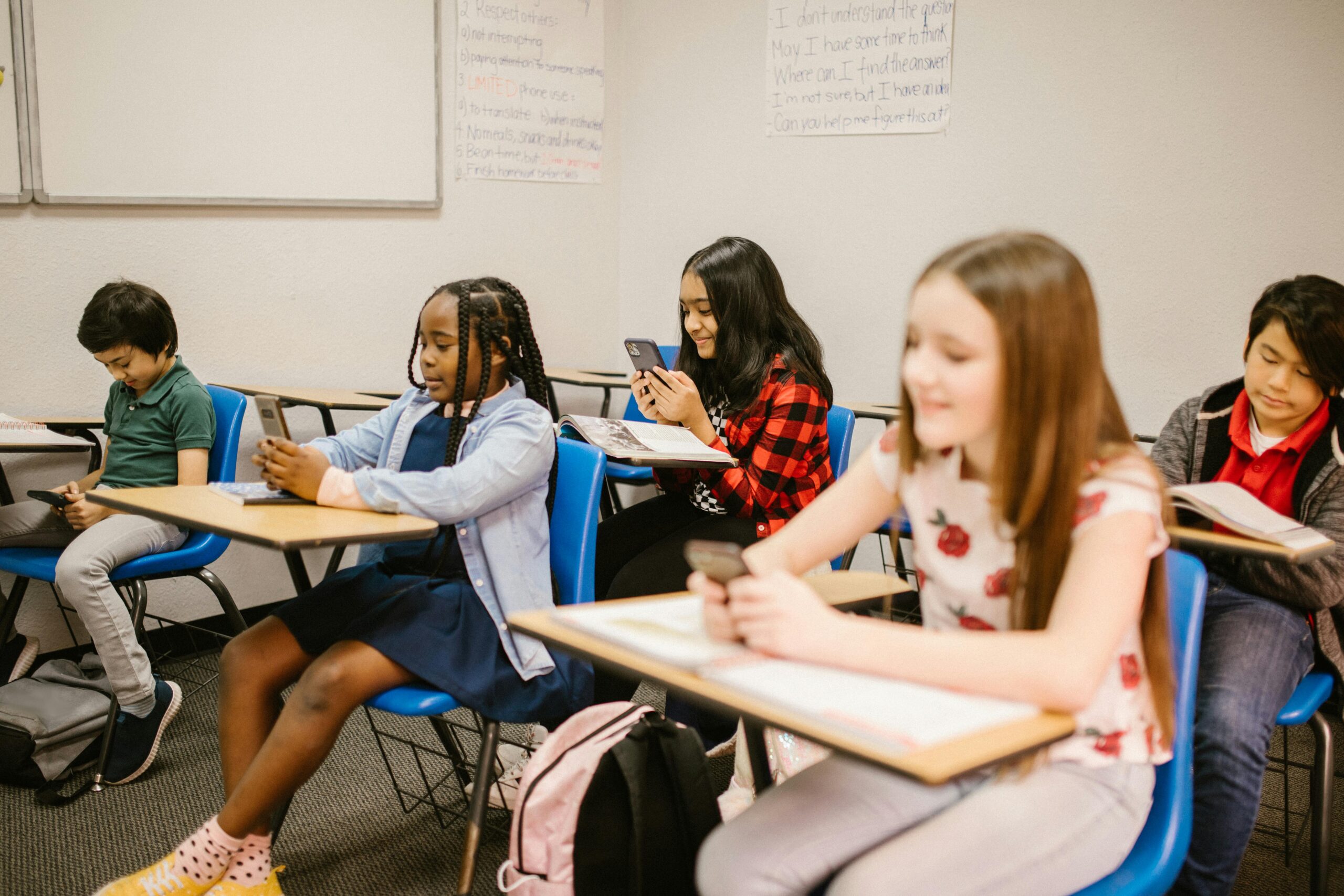Last updated on December 17th, 2024 at 04:17 pm
Learning can sometimes be boring, but with the help of gamification, it can become exciting and fun. Gamification is the use of game elements in non-game settings, like education. By using gamification, teachers can make lessons more engaging and motivate students to learn better. In this article, we’ll explore how gamification impacts student engagement.
What is Gamification?
Gamification involves adding game-like elements to activities that are not games. These elements can include points, badges, levels, and rewards. In education, gamification can turn learning into a fun challenge, making students more eager to participate.
How Gamification Engages Students
Gamification can boost student engagement in several ways:
1. Increased Motivation: When students earn points or rewards for completing tasks, they feel a sense of accomplishment. This motivates them to keep working hard and achieve more. For example, a student might get a badge for finishing a math assignment or reaching a new reading level.
2. Healthy Competition: Gamification can create a healthy sense of competition among students. Leaderboards showing top performers can encourage students to do their best. This friendly competition can make learning more exciting and push students to improve.
3. Interactive Learning: Games are interactive, requiring active participation. When lessons are gamified, students need to interact with the material, answer questions, and solve problems. This hands-on approach helps students understand and remember the content better.
4. Instant Feedback: In a gamified lesson, students often get instant feedback on their performance. This helps them know what they did right and where they need to improve. For example, in a quiz game, students can see their scores immediately and learn from their mistakes.
5. Goal Setting: Gamification helps students set and achieve goals. Completing levels or earning rewards can give students clear objectives to work towards. This goal-oriented learning can keep students focused and driven.
Examples of Gamification in Education
There are many ways to use gamification in the classroom. Here are a few examples:
1. Quiz Games: Teachers can use quiz games to review lessons. Students can earn points for correct answers and compete against each other. This makes reviewing for tests more fun and engaging.
2. Educational Apps: There are many educational apps that use gamification. For example, language learning apps like Duolingo use points and rewards to motivate users. These apps make learning new languages feel like playing a game.
3. Classroom Rewards: Teachers can create a reward system where students earn points for good behavior, completing homework, or helping others. These points can be exchanged for prizes or privileges, making students more motivated to do well.
4. Story-Based Learning: Teachers can create stories or quests where students must complete tasks to progress. For example, in a history lesson, students might go on a virtual adventure through ancient civilizations, earning rewards for each milestone they reach.
Challenges of Gamification
While gamification has many benefits, it also comes with some challenges:
1. Time-Consuming: Creating and managing gamified lessons can be time-consuming for teachers. They need to plan activities, set up systems for points and rewards, and monitor student progress.
2. Not for Everyone: Not all students are motivated by games. Some might find gamified lessons distracting or uninteresting. It’s important for teachers to balance gamification with other teaching methods.
3. Focus on Rewards: Sometimes, students might focus too much on earning rewards and not enough on learning. It’s important for teachers to make sure that the primary goal is education, not just winning points.
4. Technology Dependence: Gamification often relies on technology, which might not be available in all schools. Teachers need to find ways to gamify lessons without always needing advanced tech tools.
Conclusion
Gamification has a significant impact on student engagement. By making learning more interactive, competitive, and rewarding, it can motivate students to participate and achieve more. However, it’s important for teachers to use gamification wisely, balancing it with other teaching methods and ensuring that the focus remains on learning. When done right, gamification can transform the classroom into an exciting and engaging learning environment.

